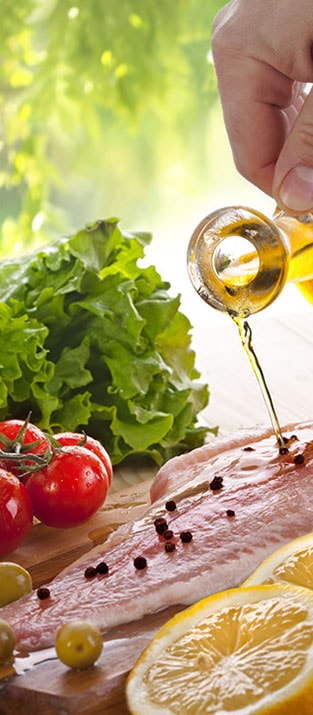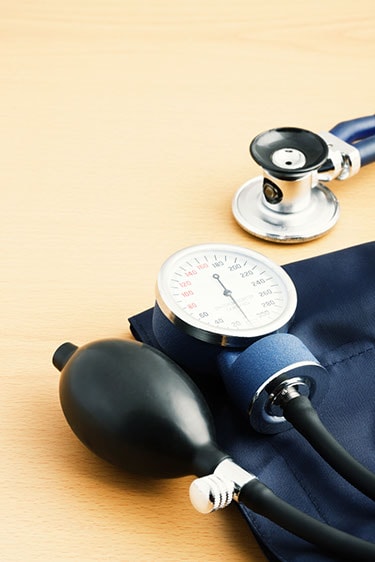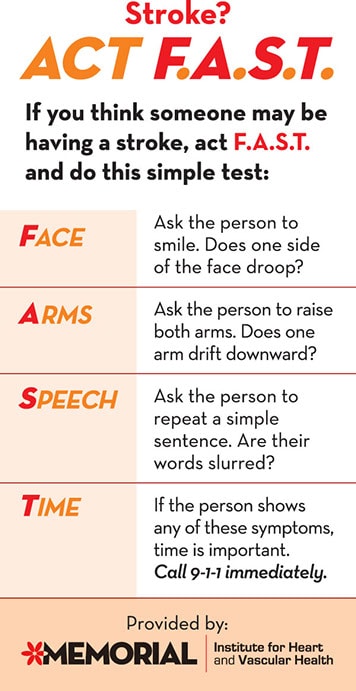
What you eat and drink, your exercise and activity level, how you cope with stress and lifestyle factors help determine the health of your heart. You can keep your heart healthy regardless of age, but it does require effort and possible changes in everyday habits. Follow a heart-healthy diet, get plenty of exercise, do what you can to reduce stress and live a life of moderation and you will be well on your way to maintaining a healthy heart. Though heart disease risks increase with age, it does not have to be an inevitable part of getting older.
What exactly is heart disease? Heart disease is a progressive condition that can start early in life but can also be prevented or controlled by making smart lifestyle choices. It is the term given to a group of different health conditions that affect the heart. These conditions are commonly known as:
HIGH CHOLESTEROL
HYPERTENSION
CONGESTIVE HEART FAILURE
HEART ATTACK
STROKE
Normally, the heart continues to pump enough blood to supply all parts of the body. However, an older heart may not be able to pump blood as well when you make it work harder. Some things that trigger the heart to work harder are:
It is never too late to start living a heart healthy lifestyle and here’s how toget started.

Cholesterol is a fat (also called a lipid) that your body needs to work properly. When you have high cholesterol, you may develop fatty deposits in your blood vessels. These deposits could make it difficult for proper blood flow through your arteries. High cholesterol has no symptoms but can be detected through a blood test. It is also important to discuss blood test results with your physician.
Desired levels for Cholesterol:
Total Cholesterol:
HDL (High-density lipoproteins) Also known as good cholesterol:
LDL (low-density lipoproteins) Also known as bad cholesterol:
Triglycerides:
Fats will impact your cholesterol. Eating healthy fats is good for the heart and most other parts of the body. Healthy fats include mono unsaturated, polyunsaturated and omega -3 fats. A few healthy fat foods you should add to your diet are:

Blood pressure, sometimes referred to as arterial blood pressure, is the pressure exerted by circulating blood upon the walls of blood vessels, and is one of the principal vital signs. Ensure your blood pressure is checked during your routine physician visits. If you have any concerns regarding your blood pressure, discuss purchasing a digital blood pressure machine with your health care provider.
See our helpful links and suggested readings on this topic.
Blood pressure is recording as two numbers:
1. Systolic Pressure (as the heart beats) over
2. Diastolic Pressure (as the heart relaxes between beats)
Desired Systolic Pressure less than 120
Desired Diastolic Pressure less than 80
The D.A.S.H. diet plan (Dietary Approaches to Stop Hypertension) is proveneffective for lowering blood pressure. Below are excellent food choices you canincorporate into your diet. You can visit www.dashdiet.org for more informationon the DASH diet and for healthy, delicious recipes. Talk with your doctor aboutwhat the best diet plan is for you.

Congestive Heart Failure (CHF) does not mean the heart has stopped working, it means the pumping power is weaker than normal. With CHF, the blood moves through the heart and body at a slower rate. This results in the heart not pumping enough oxygen and nutrients to meet the body’s needs.
Symptoms
Symptoms of heart failure often begin slowly, usually at times when you are active. Over time, you may notice breathing problems and other symptoms when you are resting.
Common symptoms include:
If you think you may have heart failure, or you are worried about your heart failure risk, make an appointment with your family doctor. If heart failure is found early, your treatment may be easier and more effective. Always be prepared for your doctor’s appointments with questions and information to share about your current health status. Don’t be afraid to ask your doctor questions. It’s never too early to make healthy lifestyle changes, such as quitting smoking, cutting down on salt and eating healthy foods. These changes can help prevent heart failure from starting or worsening. Your doctor often can suggest strategies to help you get and stay on track.

A heart attack, or myocardial infarction (MI), is permanent damage to the heart muscle. “Myo” means muscle, cardial refers to the heart and “infarction” means death of tissue due to lack of blood supply. The cause of a heart attack is not always known.
Symptoms of a heart attack can include:
A heart attack is caused by:
A Heart attack may occur:
Lifestyle changes
In addition to medications, the same lifestyle changes that can help you recover from a heart attack can also help prevent future heart attacks. These include:

A stroke, sometimes referred to as a cerebrovascular accident (CVA), is the loss of brain function due to a disturbance in the blood supply to the brain. Transient is chemic attacks (TIA) or strokes can occur if blood flow to the brain is disrupted.
See our helpful links and suggested readings on this topic.
Sometimes symptoms of stroke develop gradually. But if you are having a stroke, you are more likely to have one or more sudden warning signs. Seek emergency medical advice (calling 911) immediately, as immediate medical attention could reduce effects of the stroke.
Common warning signs of stroke:
Types of Strokes:
An ischemic stroke happens when a vessel supplying blood to the brain becomes blocked.
A hemorrhagic stroke happens when a weakened blood vessel ruptures and bleeds into the brain.
A transient ischemic attack (TIA) is a “mini stroke” from a temporary blockage. Although a TIA doesn’t cause permanent brain damage, it may cause stroke warning signs.
Never ignore stroke warning signs. Responding to symptoms quickly may decrease the affects.